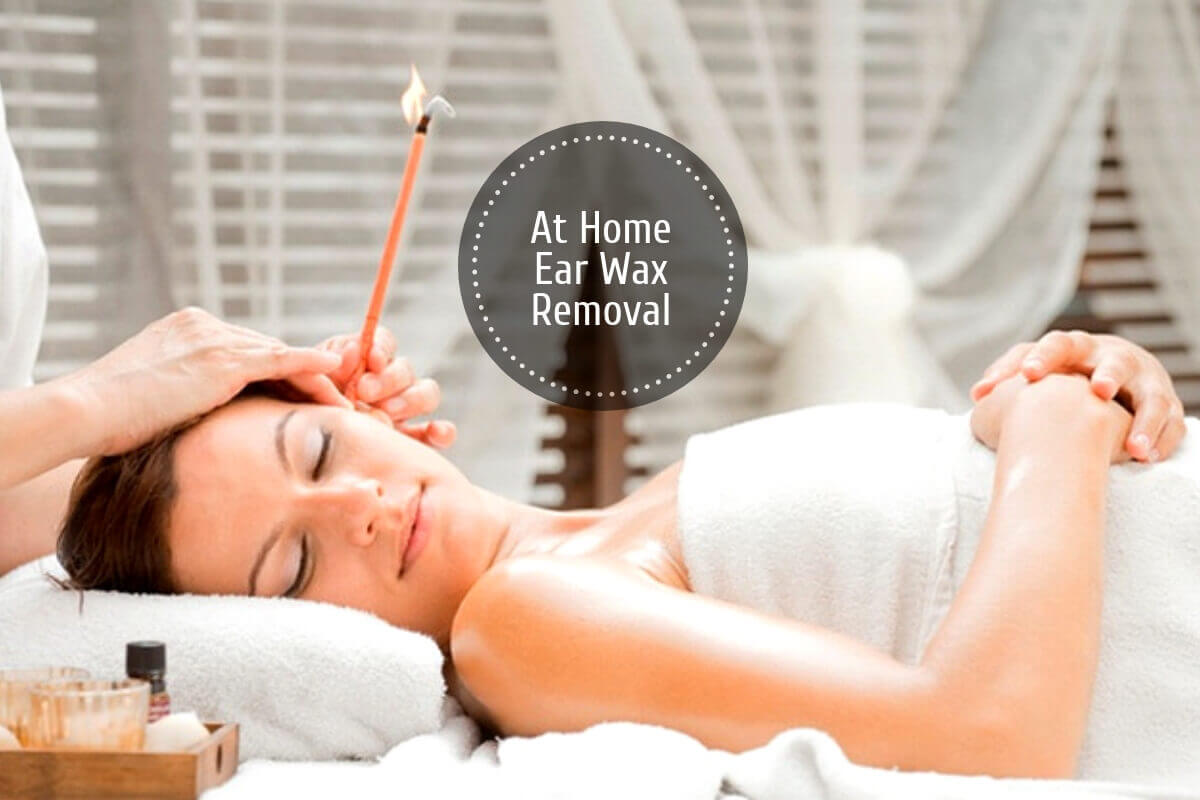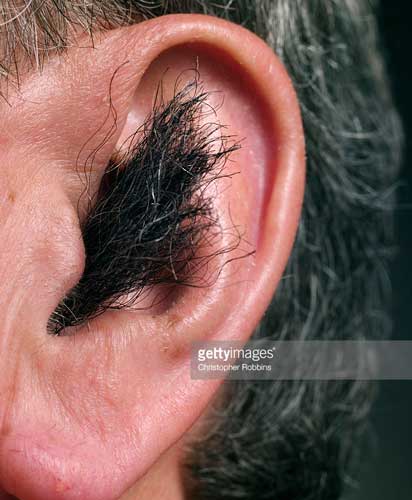Table of Content
The difference is that electrolysis uses a pulse of electricity which directly targets the hair follicle. Consider plucking individual ear hairs with a pair of tweezers as a safe alternative to using wax. If you’re considering laser hair removal of any sort, be sure to choose a licensed and certified laser technician to perform the procedure. Having any type of laser hair removal by anyone that’s not licensed to do so can cause damage to the skin.
Pull your ear up and back, then insert the syringe and gently squeeze water into your ear. Let the water run out of your ear onto a towel to flush out the foreign object. Vitamin E, tea tree oil, grapeseed oil, and 1% hydrocortisone cream will also work to soothe the skin.
Ear Hair Removal - The Complete Guide
Use a magnifying mirror to get up close and personal. Use your fingers to pull back the flaps of your ear, and start plucking. This process should be done by a professional who can properly see where the wax is being applied to your ear fully. Your esthetician will apply wax to the outer parts of your ear , as well as to your inner lobe. Your esthetician will never apply wax to internal areas.

If that’s the case, your eardrum will typically heal on its own within 2 months. However, your doctor might prescribe you antibiotics for infection, as well as give you instructions on how to clean the ear as it heals. You can make an appointment with your doctor, or you can head to the emergency room or urgent care. After you’ve cleaned your ears, use cool water to close the skin pores and hair follicles. Pull the wax back in the opposite direction of the hair growth. Stay close to the skin, and don’t pull up and out.
Shaving and Trimming
If you do use a heated wax, make sure it has cooled off somewhat before applying it to the outer edges of your ears. If the strands are really short and you just want to make them less noticeable, you may choose not to remove them. Bleaching ear hair may be done with the use of lemon juice, which has natural hair lightening properties. Simply apply and leave on ear hair on a daily basis.
Then apply aloe vera to soothe any irritation. To remove ear hair, try using an ear hair trimmer with a rotary blade and skin guard to carefully trim the hair in your ears. Alternatively, you can visit a dermatologist or cosmetic surgeon that offers laser hair removal and have them get rid of your ear hair using a laser. If you decide on laser hair removal, plan to go back for up to 6 sessions before all the hair is gone.
How to Prepare for Laser Ear Hair Removal
Wiggling this can dislodge the object, after which gravity will do the rest. Sometimes, an object is small enough or loose enough to simply come out on its own. When you notice something stuck in your ear, tilt your head to the side and use gravity to help you get it out. Shake your head gently to increase the chances of the object falling out on its own. If you can see it, remove the object with tweezers.

The technique is also very cheap, and that’s why a lot of people prefer it. Sometimes it’s just a few hair stragglers that are bothering you in your ears. In this case, tweezing can be an effective method to remove ear hair.
Ou might be wondering what that even entails - do you really pour wax into your ear? Worry not, we have all the details for you. This technique is also better used for those without a ton of hair.

However, for a lot of people, ear hair can often be more of a hindrance or annoyance than a help, especially when ear hair growth is in excess. While depilatory creams may seem like an easy way to remove hair from your ears, this method of hair removal should be avoided. The strong chemicals in hair removal creams can cause permanent damage to sensitive areas like the ears, eyes, and nose. Even milder depilatory creams (e.g. for underarms, upper lip, and bikini line) should not be used near the ears. Shaving and trimming are one of the most used methods of ear hair removal. Shaving and trimming ear hairs are effortless, and anyone can do them.
For some things, hair removal cream is feasible and even simple. You don't want to be one of the few guys who can attest to this firsthand. Please, please, please learn from our mistakes. Men, in particular, tend to develop more hair in and around their ears as they age.
Finally, it is important to have multiple treatments to remove as many hairs as possible. Though ear waxing is safe and effective, having wax stuck in your ear at home is not something anyone wants to deal with. Waxing ear hair at home is not recommended. This procedure should be carried out by a professional who can see exactly where the wax is being applied to your ear. Ear hair waxing is expensive because it must be done professionally, but the results are worth it.
A laser can be used to permanently remove the hair follicles, preventing them from growing back. This option is more expensive than using a hair-removal cream, but it can be more effective. If you can afford it and want permanent ear hair removal , this might be a good option for you. Conversely, the purpose of ear hair is to keep our ear canals free of dust, dirt, or debris, and to protect our eardrums from anything that shouldn’t get in there.

You don’t want to join the small group of guys who can testify to this firsthand. No matter which method you choose, be sure to read the instructions carefully and follow the directions closely. If you’re not sure how to use a particular method, ask a friend or family member for help. While this technique seems ideal for those with sensitive skin, users are also at a high risk of developing severe ear infections.

No comments:
Post a Comment